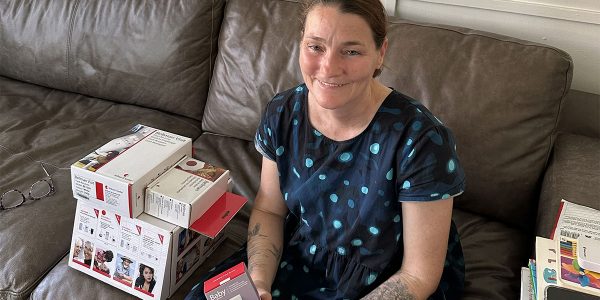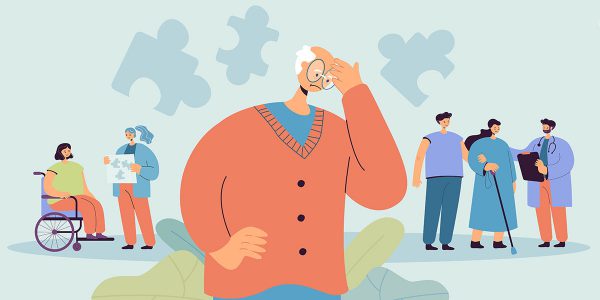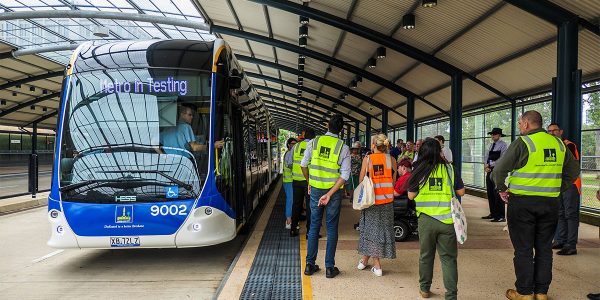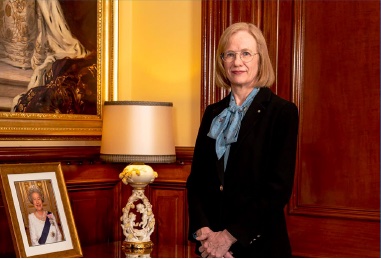Roadmap for Hearing Health… how far down the road are we?
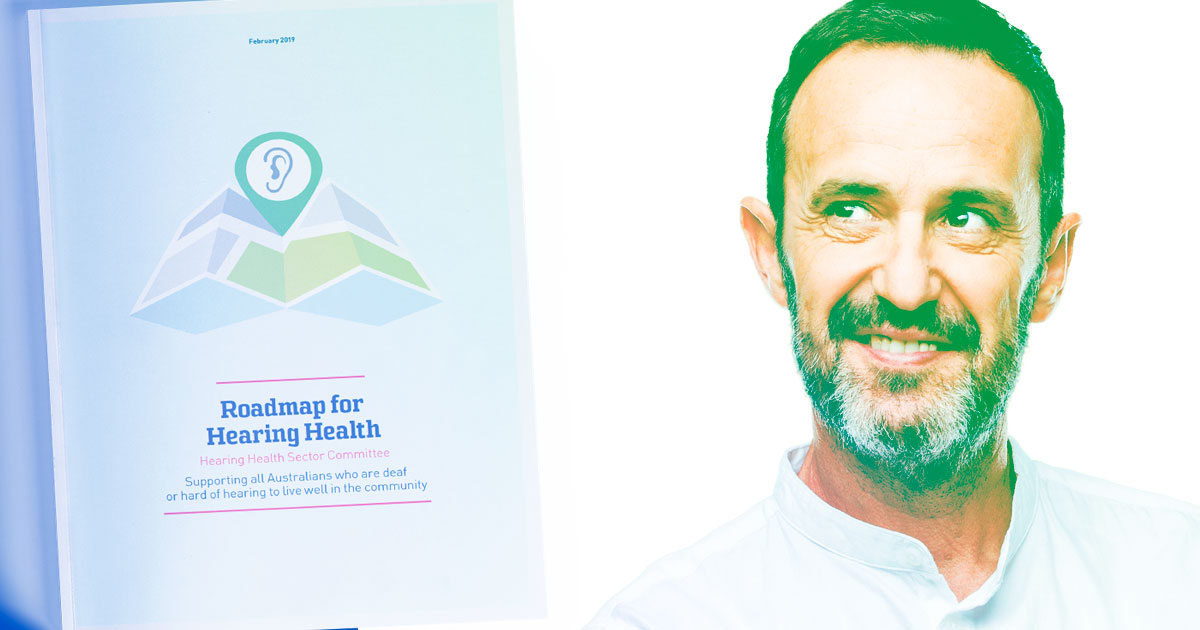
UPDATED: This article was updated on June 8, 2022 to include progress comments from the Hearing Health Sector Alliance.
It is over three years since the Federal Government released the Roadmap for Hearing Health and with a new government taking the reins it is time to review the Roadmap, the recommendations contained in it, and what progress has been made to date.
It is also vital that we see the new Labor Federal Government give a strong commitment to deliver on the actions and recommendations contained in the roadmap.
The Roadmap for Hearing Health was developed in partnership with a wide range of stakeholders including consumer and advocacy groups, suppliers and providers, manufacturers, and researchers. Better Hearing Australia was one of the many organisations involved.
It is the culmination of years of advocacy and two parliamentary enquiries into hearing health.
The guiding principles of the Roadmap for Hearing Health are:
- That the general community gains greater awareness of deafness, hearing loss, and how individuals can maximise their hearing health and access support.
- That barriers and stigma are removed.
- That, consistent with the United Nations Convention on the Rights of Persons with Disabilities, there is appropriate support for people who are deaf or hard of hearing to access language services and supports of their choice, particularly Australian Sign Language (Auslan).
- That, consistent with the United Nations Declaration of the Rights of Indigenous Peoples, self-determination is the foundation for designing and implementing culturally appropriate services to close the gap between Aboriginal and Torres Strait Islander people and non-Aboriginal people.
- That people who are deaf or hard of hearing enjoy the same rights and access that other Australians do, with a particular focus on social inclusion.
- That services are delivered in a person- and family-centric way — and ensure that individuals and their families can effectively exercise choice and control.
- That future changes and improvements are co-designed with those directly impacted, including consumers, providers, and other relevant stakeholders.
- That there is a priority focus on vulnerable individuals and communities, to ensure that people do not ‘slip through the cracks.’
Three years on, what’s been achieved, and what do we still hope will be achieved?
What’s in the Roadmap?
The Roadmap for Hearing Health contains eight key priorities and 147 actions.
The eight priorities include:
- A public awareness campaign
- A national approach to ear health checks of children aged 0-6
- Increasing availability of Auslan services
- Lifting the quality of hearing health and care in aged care facilities
- A comprehensive audit of the workforce delivering hearing health services to identify gaps and inform future workforce planning.
- Supports in the education system are increased.
- Ensuring is a smooth transition for clients from the Hearing Services Program (HSP) to the NDIS.
- Providing additional support for people on low incomes to access hearing health services, for those not eligible for the HSP or NDIS.
Under each of these key priority areas a set of recommendations were made for action within the short term (next 2 years), medium term (3 to 5 years), and long term (five to seven years).
As we are now three years down the road, how many of the short-term goals have been achieved, and where are we at with planning for the medium- and long-term action items?
What has been achieved so far?
According to budget papers from the October 2020 budget, $21 million has been committed over 5 years to implement some of the key actions listed in the Roadmap. Specifically:
- $5 million for a national hearing health awareness and prevention campaign.
- $7.3 million for a program of research to develop a sound evidence base for effective treatment, service delivery and prevention of hearing loss.
- $5 million for improvements in and early identification of hearing and speech difficulties for Aboriginal and Torres Strait Islander children.
- $2 million for initiatives in the aged care sector to improve the capability of the aged care workforce to support people with hearing loss.
- $350,000 for development and adoption of new teleaudiology standards for hearing services.
- $200,000 to support rural service delivery through a workforce audit and a rural hearing workforce summit.
- $1.4 million for Government to implement this package.
That’s $21 million over 5 years. It’s worth noting that figures released in 2018 put the cost of hearing loss to the Australian economy at $33.3 billion per year.
So, of the $21 million committed, what has been delivered (considering we are now two years into the five-year funding allocation)?
What have we been able to find?
Whilst there are multiple references linking to the Roadmap itself, in order to find what’s actually been achieved, you need to dig deep into the new Departmentt of Health website and click through a list of hundreds of “initiatives” until you find the right one (Page 10 of 12 for your information).
It is on this page where we find an outline of how the government is aiming to meet some of the goals contained in the Roadmap. This is what it says:
Research: We support hearing research to provide further evidence for the effective treatment, service delivery and prevention of hearing loss through the National Health and Medical Research Council (NHMRC). The targeted call for research has closed.
Aboriginal and Torres Strait Islander hearing health: We work to promote early identification and treatment of hearing and speech difficulties in Aboriginal and Torres Strait Islander children. We fund:
- eligible Aboriginal Community Controlled Health Services to create quiet spaces for hearing tests
- Hearing Australia to create a ‘Listen and Learn’ program in consultation with the National Aboriginal Community Controlled Health Organisation, to help people who work with or look after Aboriginal and Torres Strait Islander children aged 3 to 8 to recognise hearing problems and take action.
Aged care workforce: We are working to improve the capability of the aged care workforce to support people with hearing loss.
We funded Australian Healthcare Associates to analyse current resources and practices in residential aged care settings and develop a best-practice model to help improve the hearing health of residents.
We are now funding a pilot of the best-practice model. The pilot is due to be completed and evaluated by June 2022.
Teleaudiology guidelines: We fund Audiology Australia to develop teleaudiology guidelines to help audiologists, audiometrists and hearing services providers deliver safe and effective hearing services remotely. The hearing services sector is currently testing the draft guidelines, which are due to be ready for implementation by April 2022.
Regional and rural workforce: We fund Audiology Australia to audit the hearing workforce in rural and regional areas and host a summit with key stakeholders to discuss the audit’s findings. The audit will capture the gaps, changing demographics and future hearing workforce needs in regional, rural and remote areas. The summit is scheduled to be held in March 2022. It will inform a White Paper to Government to guide future policies and programs that support people with hearing loss who live in regional Australia.
Awareness and prevention campaign: We are developing a national hearing awareness campaign to help:
- prevent avoidable hearing loss
- destigmatise hearing loss
- encourage people experiencing hearing loss to seek treatment.
Consumer focus group research will guide messaging, which will target specific audiences. We aim to launch the campaign by mid-2022.
Where are we at?
Remember, the outcomes above are from funding allocated in October 2020. So, let’s catch up on where these are at:
Research
The NHMRC did a Targeted Call for Research into Hearing Health in October 2021 with grant applications for $4 million of the total $7.3 million allocated to this first round. The applications closed in December 2021 and we expect outcomes of the funding round to be released soon.
Aboriginal and Torres Strait Islander hearing health
We were unable to find any public information on how many or where quiet spaces for hearing tests have been delivered.
We were unable to find any public information on the proposed “listen and Learn” program. We were able to find the government-funded HAPEE program, which provides free diagnostic hearing assessments and follow-up treatment to Aboriginal and Torres Strait Islander children from 0-6 years of age who do not yet attend full-time school, from Hearing Australia. This program does not seem to address the goal of “helping people who work with or look after Aboriginal and Torres Strait Islander children aged 3 to 8 to recognise hearing problems and take action”.
Aged care workforce
We await the release of the best practice model due for completion by June 2022.
Teleaudiology guidelines
Based on the project website created by Audiology Australia both “Phase 1: Develop” and “Phase 2: Test” are complete. “Phase 3: Implement” due for completion in April 2022 shows as 0% complete at time of writing.
UPDATE 08/06/2022: The Teleaudiology Guidelines and accompanying resources will be released to the hearing sector on 15 June 2022 and will be the focus of a launch webinar on 27 July 2022. All materials will be available on the project website.
Regional and rural workforce
A two-day Workforce Summit was held in March 2022 and explored current and projected hearing workforce issues to inform future service planning and delivery in rural and regional Australia. The outcomes of the Workforce Summit fed into a White Paper to be presented to the Australian Government by the Hearing Health sector along with the Hearing Health Workforce Audit Report and Literature Review.
Awareness and prevention campaign
In 2019 the National Acoustic Laboratories (NAL) initiated work towards the development of a national hearing awareness campaign. The resulting National Hearing Awareness Campaign Report was delivered to Health in May 2020 and included recommendations for engaging and communicating with key target groups at risk of hearing loss; including young children; farmers and other workers exposed to noise; and Aboriginal and Torres Strait Islander peoples. This work will provide a foundation for the development of a future national public awareness campaign.
A launch of this campaign is expected in mid-2022.
Where to from here?
Of the projects funded in 2020, from what we can see publicly, we are still waiting on all projects to be completed. Acknowledging the many challenges of the past two years, we commend the progress made to date and acknowledge the many organisations involved.
Better Hearing Australia Brisbane calls on the new Labor Government to support the many Deaf and hard of hearing Australians and commit to the full implementation of the Roadmap for Hearing Health.
UPDATE 08/06/2022: The Hearing Health Sector Alliance are developing a progress scorecard to report back to Government. As stated by Tony Coles, Chair of the HHSA:
“In addition to developing a Roadmap implementation progress scorecard to report back to Government, the Alliance will endeavour to advocate for appropriate resources to be directed to actioning further priorities highlighted in the Roadmap and increasing hearing health awareness amongst policymakers and other key stakeholders. We look forward to working with the Government in the rollout of the hearing awareness campaign later this year, as well as the launch of the teleaudiology guidelines and the release of the hearing healthcare workforce white paper.”
We look forward to providing an update in the future on further progress, including any comments from the new Federal Health Minister, The Hon Mark Butler MP.
